Nineteenth century hotel rediscovers its soul
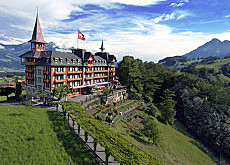
If you're still going strong after 4,500 years, you have every right to show off. It could well be that the future of Swiss hotels is in their past.
There are more than 30 establishments belonging to the Swiss Historic Hotels association, with a combined history of more than four millennia.
That’s according to Martin Küttel, the youthful and spirited director of the Pax Montana hotel and – as association president – guardian of Switzerland’s hotel history.
The association was formed three years ago, and for the first time this year is being marketed with some real clout thanks to the support of the national tourist office.
“Time Travel” is the name of Switzerland Tourism’s latest product, combining stays at the heritage hotels with visits to historical sites and classic rail and steamboat journeys.
But time has not stood still at any of the hotels, which is the best reason to check in to such gems as the Pax Montana. The six-storey wooden structure was built in 1896 on a sunny terrace high above the main valley in the central canton of Obwalden.
Its grand location in the hamlet of Flüeli Ranft is at odds with the shady, cool gorge below where Switzerland’s famous 15th century hermit and saint, Brother Klaus (or Nicholas of Flüe), retired to fast.
During the 20th century, the hotel was a retreat for holidaymakers but there were also times when it was a refuge for interned German soldiers and Hungarian refugees. Even Pope John Paul II paid a visit to honour the hermit and celebrate the Eucharist.
And now, 100 years after Pax Montana was given the art nouveau look preserved to this day, it has become a refuge for old furniture and fixtures unwanted since it was decided to convert the first grand hotel in Montreux into luxury apartments.
While the original, early 20th century structure of the Pax Montana is intact, Küttel and the hotel board have gone to great lengths to recreate an ambience true to the Belle Époque, as the late 19th century and years leading up to the outbreak of the First World War were known.
Beautiful age
The Montreux sofas, chairs and bathroom fixtures are helping revive the spirit of this “beautiful age” since they compliment the furniture left over from the Pax Montana’s early days. But there is still work to be done.
“Until now, we haven’t been able to restore some of the ceilings to their original colour scheme because there are too many layers of paint covering the first coat,” says Küttel. He says this as he pulls down from a cupboard a blueprint of the hotel that he and his staff uncovered earlier this year.
It’s an original floor plan and each room is marked with red, blue or green.
“It shows the original colour the ceilings were painted. These plans will allow us to reinterpret the colour so the ceilings won’t have to remain white simply because we didn’t have any proof of the original scheme.”
Bucking trends
By focusing on restoration work and the re-creation of a bygone age, the Pax Montana management is bucking current trends. It is not investing in pools or saunas that many Swiss hotels are bent on building as they develop spas or so-called “wellness landscapes”.
There are binoculars – not televisions – in the rooms so guests can enjoy close-up views of the lush green hills and jagged peaks surrounding the hotel.
Packages include horse-drawn carriage rides, picnic baskets for slow walks in the countryside and cocktails served in the open tower crowning the building.
“We want it to remain a place of refuge where you don’t have to do anything but read a book, or spend the day listening to birdsong or the wind blowing through the trees,” Küttel says of his philosophy.
“The future will not only mean ‘wellness’, but ‘soul-ness’. You’ll want to do something for your soul so it doesn’t really matter how many saunas you have.”
swissinfo, Dale Bechtel in Flüeli Ranft
The three-star Pax Montana hotel is located at an elevation of 750m in the hamlet of Flüeli Ranft in central Switzerland.
The 100-room hotel was commended in 2002 by Icomos – under the patronage of Unesco – for “providing visitors with a valuable and above-average experience in [a] restored, historic hotel”.
Switzerland Tourism’s new brochure highlights “historic hotel and travel experiences” in the country.
The hotels range from mid-priced three-star hotels like the Pax Montana to luxury establishments dotted around the country.
Steamboat trips or classic mountain journeys by train are also listed including the world’s steepest cog railway that climbs the Pilatus near Lucerne.
There are also plenty of mentions of castles, museums and Roman ruins that provide visitors with insights to Swiss history.

In compliance with the JTI standards
More: SWI swissinfo.ch certified by the Journalism Trust Initiative

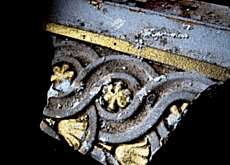
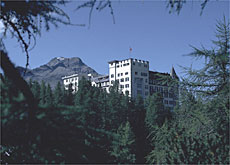
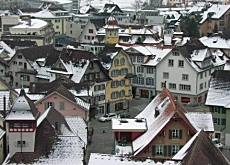
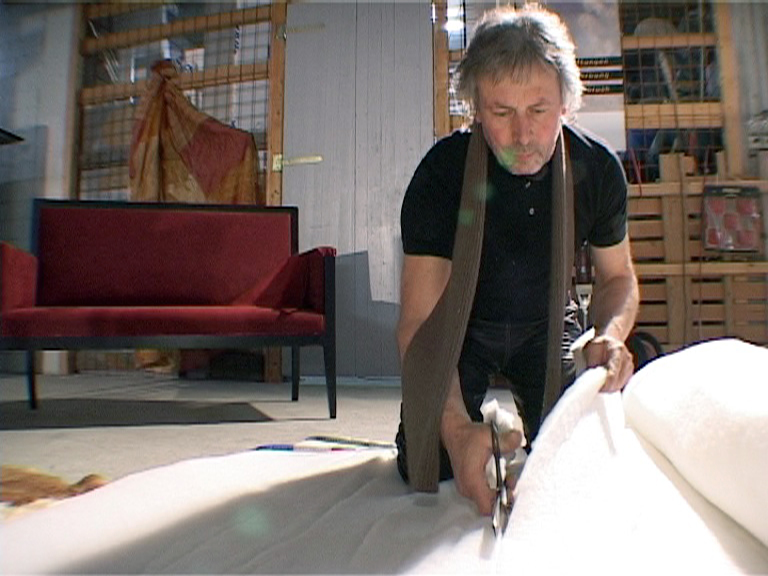
You can find an overview of ongoing debates with our journalists here. Please join us!
If you want to start a conversation about a topic raised in this article or want to report factual errors, email us at english@swissinfo.ch.